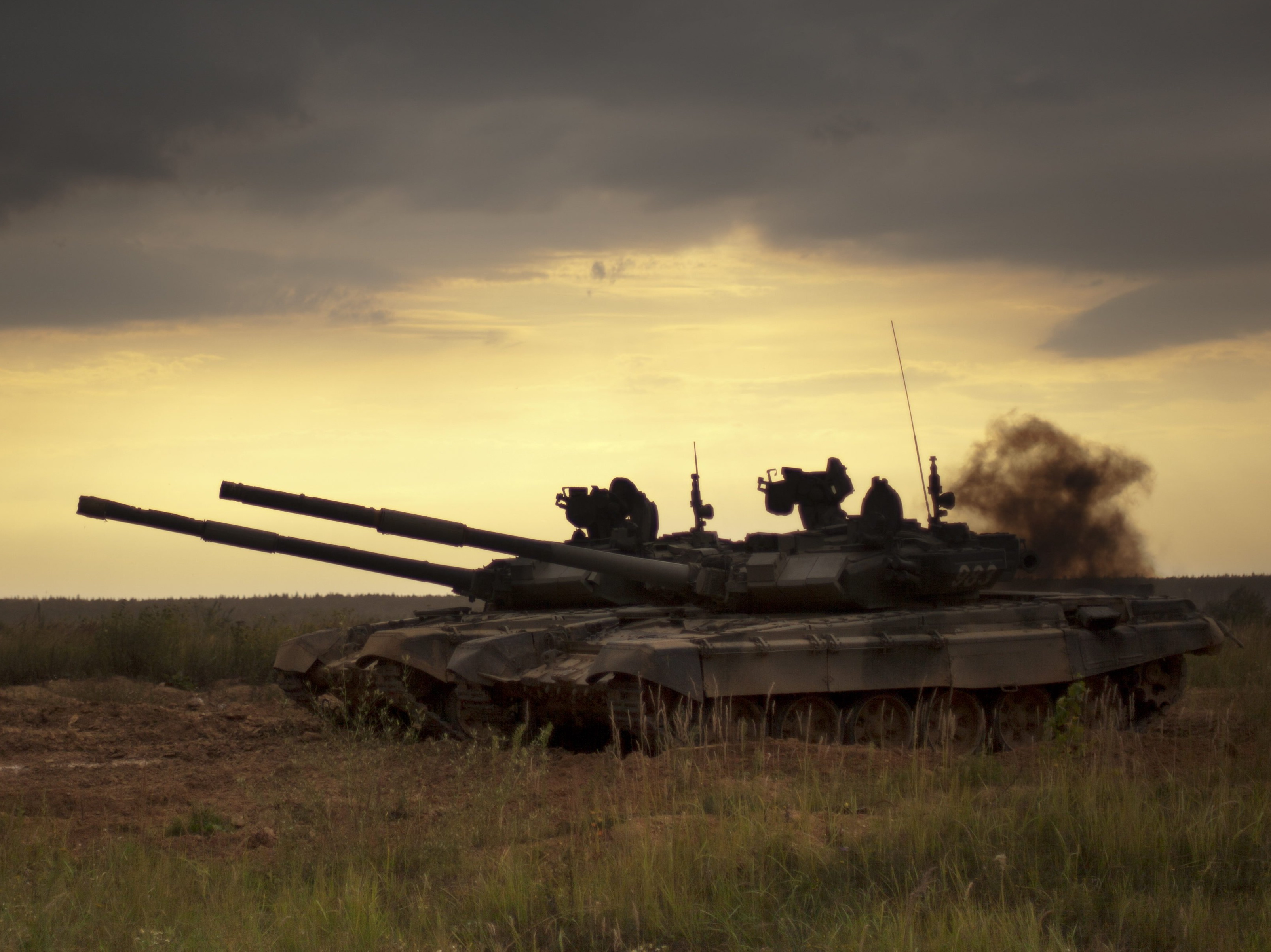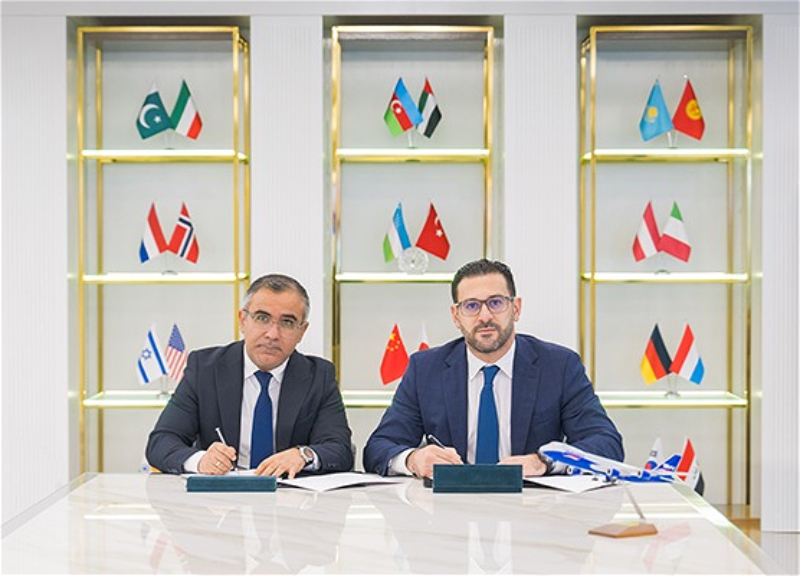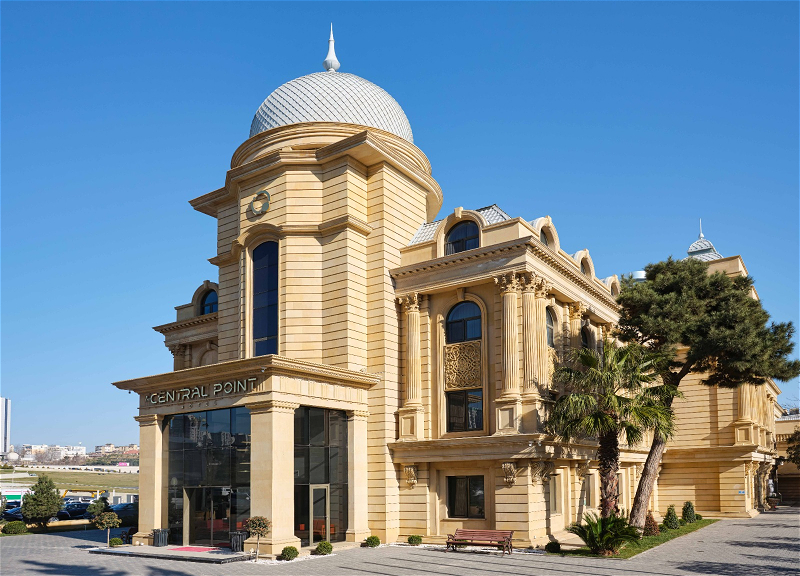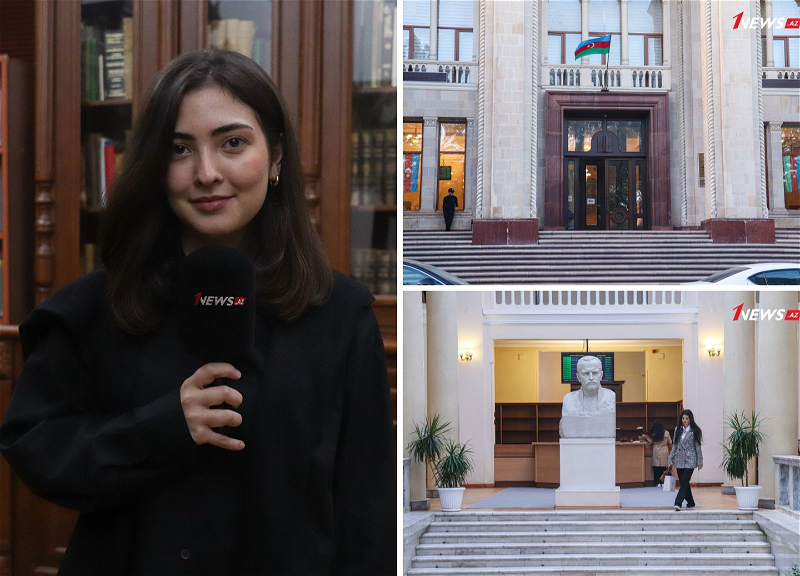Khojaly – A Massacre The World Can Never Forget

Thanks to the Internet, we know of massacres that we might not have heard about five or ten years ago.
Here are some examples: November 2017 – gunmen entered Egypt’s Rawdah Sufi Mosque and machine gunned over 300 worshipers including 128 women and 27 children, CNN reported.
American network ABC reported in August 2017 that 100 men, women and children were killed in Chut Pyin a Mynamar village by Mynamar troops. The Independent reported in September 2017 that Mynamar soldiers loyal to a Nobel Peace Prize awardee kill more than 400 Rohingya Muslims.
The Internet leads us to these “events” almost instantaneously. That wasn’t the case a quarter of a century ago.
On the night of February 26, 1992, Armenian troops supported by Russian soldiers of the 366th Motorized Infantry Regiment attacked the Azerbaijani mountain town of Khojaly. Its 3000 people were defended by a hundred police and volunteer teen-aged students.
Rockets and artillery shells bombarded the town. Nightly barrages had occurred for the five months since Armenian forces had cut roads to the rest of Azerbaijan; no vehicles could enter or leave Khojaly. Supplies were helicoptered in, people out; the flights ended on the 14th. Food was scarce.
The bombardment drove Khojaly residents into basement shelters. When it ended, Armenian and Russian soldiers attacked. Defenders knew they couldn’t hold against tanks, so they told all to flee Khojaly eastward to heavily defended Aghdam.
From their GarGar River take-off point, groups of men, women and children started downhill through snow covered hills in freezing temperatures. With only the clothes they wore, they tripped and stumbled downhill towards safety through the night. Their elderly slowed everyone.
Armenia claims to this day that the people of Khojaly were warned to evacuate through a “safe corridor” down the mountains. They say they promised safe passage.
Between midnight and dawn 613 men, women and children were slaughtered by machine guns, rifles, knives and bayonets in that “safe passage.” Without a doubt, the killers were Armenians. Proof: Armenians took hundreds of hostages held for days and weeks to be traded with Azerbaijan for commodities and oil.
Within hours of the massacre, American reporter Thomas Goltz made his way by helicopter to the killing fields and wrote a story for the Washington Post which he dictated over the phone from Aghdam by way of the Post’s Moscow bureau. The story was published February 27, 1992 in the Post, with another article in London’s Sunday Times the Sunday after the Massacre.
The New York Times ran a story about the massacre on March 2 that described the Russian participation and that “scalping [was] reported” of bodies observed by reporter Goltz and others. Time Magazine ran a story on Khojaly on March 16, 1992.
Despite some coverage by the Washington Post (2 articles), the New York Times (1), The Sunday Times (1) and Time Magazine (1), few people in the United States knew anything about the massacre at Khojaly, which by definition of the 1948 Convention of Genocide was a genocidal act – a punishable war crime.
Armenians defend what happened at Khojaly. In a Horizon Weekly article entitled “Khojaly: The Chronicle of Unseen Forgery and Falsification” by Vahram Atanesyan, he, who probably has never spoken with a survivor of February 26, challenges Goltz.
Goltz’ book “Azerbaijan Diary” has been validated by another book, “Black Garden” written by Caucasus expert Thomas De Wall. Time Magazine called “Black Garden” — “Brilliant.”
Goltz was at the killing fields within a day of the massacre and is the only American reporter who visited Khojaly before the attack. He personally knew people whose bodies he saw. De Waal reported on the battle 10 years later. Unlike Atanesyan and other Armenian critics, he did interview survivors.
The Armenian “challenges” lack collaboration and common sense.
In a March 2017 HuffPost article by two Armenians, Christopher Atamian and Hayakaram Nahapetyan, the authors suggest that it was “Popular Front” Azerbaijanis — politically opposed to the Baku government — that killed everyone at Khojaly in internecine political warfare. Goltz, De Waal, Armenian President Sarkisian and Human Rights Watch disagree.
So, does the brother of the California-born and educated assassin, terrorist and military hero of Armenia, Monte Melkonian. The brother, Markar Melkonian wrote a book titled “My Brother’s Road: An American’s Fateful Journey to Armenia.”
In it, he wrote: “Khojaly had been a strategic goal (with its air field), but it had also been an act of revenge.”
He specifies two Armenian military detachments – ARABO and ARAMO – (Melkonian’s book, page 213): “The Arabo fighters had then unsheathed the knives they had carried on their hips for so long, and began stabbing. Now, the only sound was the wind whistling through dry grass, a wind that was too early yet to blow away the stench of corpses. Monte crunched over the grass where women and girls lay scattered like broken dolls.”
A better view is that of current Armenian President Serzh Sarkisian; in Thomas De Wall’s Black Garden on page 172 we find this quote he gave to De Waal:
“Before Khojaly, the Azerbaijanis thought they were joking with us, they thought that Armenians were people who could not raise their hand against the civilian population. We were able to break that [stereotype]. And that’s what happened.”
De Waal’s analysis: (also on page 172): “Sarkisian’s account throws a different light on the worst massacre of the Karabakh war, suggesting the killings may, at least in part, have been a deliberate act of mass killing as intimidation.”
Human Rights Watch (HRW) has a position on what Armenians call the “Battle of Khojaly” or “The Khojaly Event” — “…We place direct responsibility for the civilian deaths with Karabakh Armenian forces… The circumstances surrounding the attack … indicate (to HRW) that Armenian forces and the troops of the 366th CIS regiment … executed the massacre at Khojaly.”
On the night of February 26, 1992, a war crime occurred in Khojaly, Azerbaijan, in which over 600 men, women and children were killed; hundreds are still missing. Thanks to the Internet, America knows it now.
Raoul Contreras is the author of “THE ARMENIAN LOBBY & U.S. FOREIGN POLICY”














